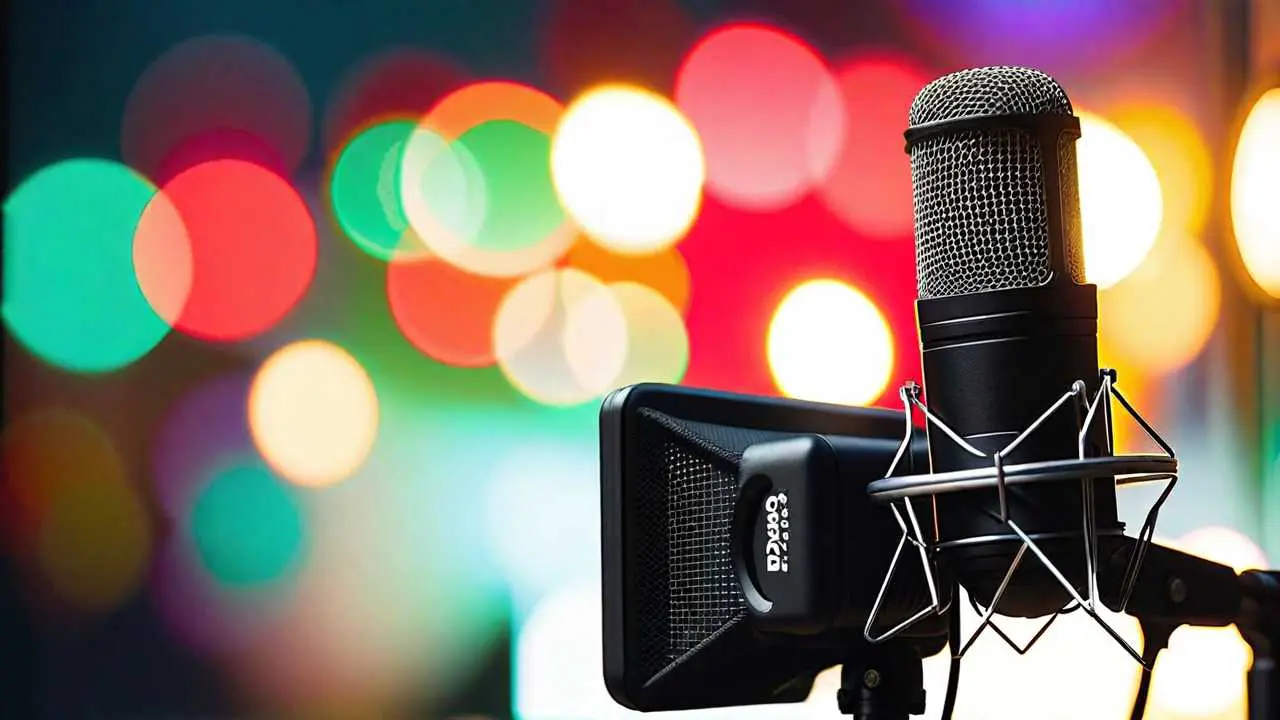Entertainment
How do I start a podcast with minimal equipment?

In today’s digital landscape, the world of podcasting has become increasingly accessible, allowing individuals with a passion for storytelling and sharing knowledge to create their own unique audio content. Whether you’re a budding entrepreneur, a creative professional, or someone with a fascinating story to tell, starting a podcast with minimal equipment can be a rewarding and empowering experience.
In this comprehensive guide, we will explore the essential steps to launching your very own podcast, even with a limited budget and equipment. From recording and microphone selection to audio editing and hosting, we’ll cover the key aspects to help you get your podcast off the ground and on the path to success.
Step 1: Choose Your Podcast Topic and Niche
The first step in starting a podcast is to determine your topic and niche. What are you passionate about? What unique perspective or expertise do you have to offer your listeners? Identifying your specific area of focus will not only help you stand out in the crowded podcast landscape but also ensure that your content resonates with your target audience.
Once you’ve decided on your podcast’s theme, it’s time to start planning your content. Brainstorm episode ideas, guest speakers, and any recurring segments or features that could become the hallmarks of your show.
Step 2: Invest in Affordable Recording Equipment
While high-end equipment can certainly enhance the production value of your podcast, you don’t need to break the bank to get started. Microphones are the cornerstone of any podcast setup, and there are many affordable options that can provide excellent audio quality.
Consider investing in a USB microphone, such as the Blue Snowball or the Rode NT-USB Mini. These compact, plug-and-play devices offer impressive sound quality and are easy to set up, making them an ideal choice for beginner podcasters.
If you’re looking to take your recording to the next level, you might also consider a dynamic microphone like the Shure SM58 or the Audio-Technica ATR2100-USB. These microphones are more versatile and can provide a richer, more professional sound, but they may require a bit more setup and technical know-how.
Step 3: Master the Art of Audio Editing
Once you’ve recorded your episodes, it’s time to dive into the world of audio editing. While the thought of editing may seem daunting, there are numerous free and easy-to-use editing tools available that can help you polish your podcast.
One of the most popular and user-friendly editing software options is Audacity, a free, open-source program that allows you to trim, splice, and enhance your audio recordings. With Audacity, you can remove unwanted background noise, add intros and outros, and even experiment with basic sound effects and music.
If you’re looking for a more robust editing solution, consider investing in a paid program like GarageBand (for Mac) or Adobe Audition. These software tools offer a wider range of features and advanced editing capabilities, but they do come with a higher price tag.
Step 4: Choose a Podcast Hosting Platform
Once your episodes are edited and ready to go, you’ll need to host and distribute your podcast. There are numerous hosting platforms to choose from, each with its own set of features and pricing structures.
Some popular hosting options include Spotify, Apple Podcasts, Google Podcasts, and Podbean. These platforms not only provide a place to upload and host your episodes but also offer tools for managing your podcast, tracking your listener analytics, and submitting your show to various directories.
When selecting a hosting platform, consider factors like storage space, bandwidth, customization options, and the overall user experience. Many hosting providers offer free or low-cost plans to get you started, making it easier to find a solution that fits your budget and needs.
Step 5: Promote and Distribute Your Podcast
With your podcast recorded, edited, and hosted, it’s time to focus on the final step: distribution and promotion. Utilize various platforms and channels to reach your target audience and build a loyal following.
Start by submitting your podcast to the major directories, such as Apple Podcasts, Spotify, Google Podcasts, and Stitcher. This ensures your content is easily discoverable and accessible to a wide range of listeners.
Next, leverage social media platforms like Twitter, Instagram, and LinkedIn to share your podcast episodes, teasers, and behind-the-scenes content. Engage with your audience, participate in relevant discussions, and encourage listeners to leave reviews and share your show with their networks.
Consider creating a dedicated website or blog for your podcast, where you can showcase your episodes, provide show notes, and offer additional resources to your listeners. This can help establish your brand, improve SEO, and drive more traffic to your podcast.
Remember, building a successful podcast is an ongoing process that requires consistency, creativity, and a genuine connection with your audience. By starting with minimal equipment and a passion for your topic, you can create a podcast that stands out in the crowded digital landscape and resonates with listeners around the world.
Hey there! I’m William Cooper, your go-to guy for all things travel at iMagazineDaily. I’m 39, living the dream in Oshkosh, WI, and I can’t get enough of exploring every corner of this amazing world. I’ve got this awesome gig where I blog about my travel escapades, and let me tell you, it’s never a dull moment! When I’m not busy typing away or editing some cool content, I’m out there in the city, living it up and tasting every crazy delicious thing I can find. Join me on this wild ride of adventures and stories, right here at iMagazineDaily. Trust me, it’s going to be a blast! 🌍✈️🍴